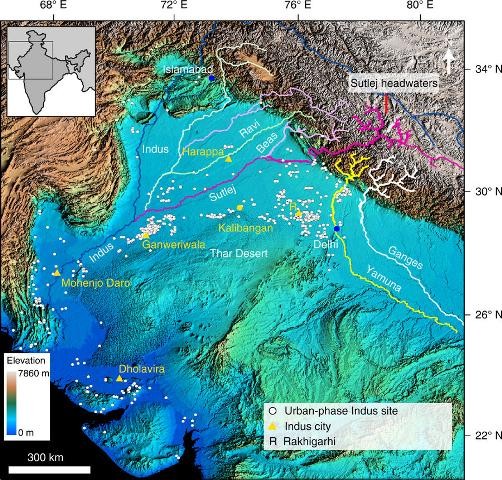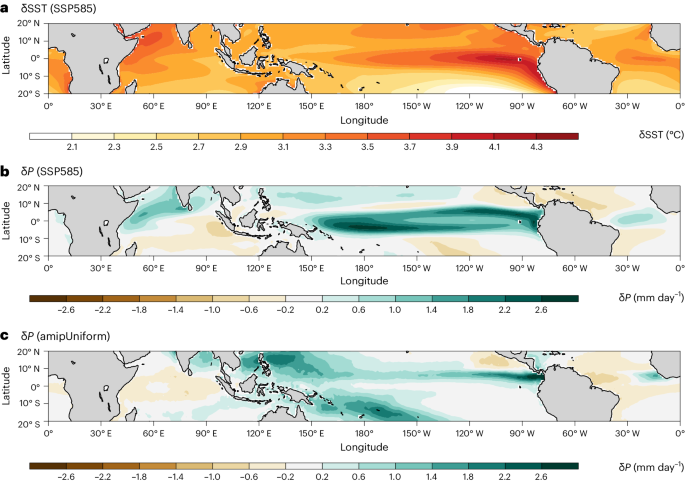
- Select a language for the TTS:
- UK English Female
- UK English Male
- US English Female
- US English Male
- Australian Female
- Australian Male
- Language selected: (auto detect) - EN
Play all audios:
The Indus Valley Civilisation did not develop adjacent to a large river, as has been believed till now, but thrived and prospered along the remnants of an ancient river — a paleochannel —
according to new evidence. Satellite images over a period of time and sediment dating of present day Sutlej river have revealed that the ancient civilisation spread across the Indo-Pakistan
border 4,600–3,900 years ago, thrived along the palaeochannel of this river, which changed course way before — 8000 years ago. Sutlej is the third largest of the present-day Himalayan
rivers. The Bronze Age civilisation was located between the Ganga, Yamuna and Indus river systems, says lead researcher Sanjeev Gupta from Imperial College London. He, and colleagues from
the Indian Institute of Technology, Kanpur suggest that two things may have helped the civilisation to flourish — one, the diversion of this ancient river that meant reduced flooding in the
region, and two, seasonal rains that supplied water to the upper valley. The researchers say the new findings demolish the theory that the settlement was on the banks of a large river fed by
the Himalayas. The Indus urban settlements developed along an abandoned river valley rather than an active Himalayan river, unlike the other big civilisations Egypt and Mesopotamia, they
contend.







